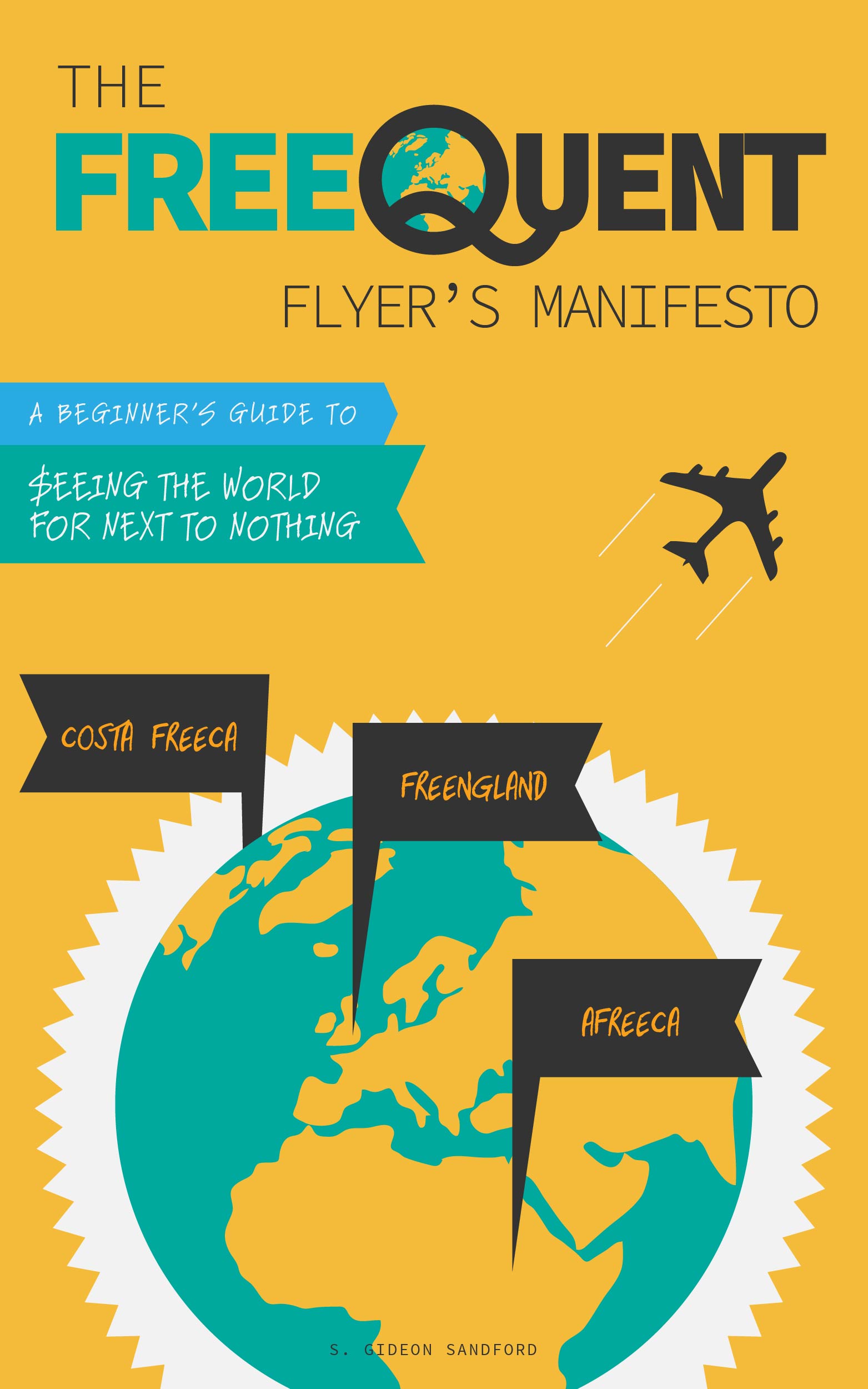Another domino falls: Giant hikes prepaid debit card fees by 34%
/Over the past few years a lot of travel hackers have migrated to the ease and comfort of manufacturing spend from home. While I do plenty of manufactured spend online, I have persisted in the age-old technique of simply buying and liquidating prepaid debit cards in person. This was for three reasons.
First, I don’t find it that difficult or uncomfortable compared to some people. I’m already running around town all day, so popping into a grocery store or drugstore for a few minutes makes no difference to me whatsoever.
Second, it lets me keep an eye on what’s happening in the gift card ecosystem, for example with the release of “Zillions”-branded cards and the opportunities that came along with those.
And third, it was cheap. If a $500 card has an activation fee of $5.95, then any card that earns 3% in rewards or more (Chase Freedom Unlimited, US Bank Flexperks Travel Rewards, American Express Hilton Honors Surpass) earns travel at a minimum discount of roughly 50%.
A few months ago, Safeway and CVS simultaneously replaced those $5.95-activation-fee cards with new, $7.95 cards. Meanwhile, Walgreens seems to have pulled prepaid debit cards entirely in my market, thus neutering my Freedom Unlimited bonus at drugstores.
This didn’t affect my actual volume until last week, when Giant followed suit. The changeover happened sometime between Monday, April 21, 2025, and that Thursday.
The new math and remaining opportunities
Paying $8.95 (after $1 in liquidation costs) for $509 in spend at 3% in rewards gives you a discount of a bit over 41%. This is fine, and it’s especially fine if you’re using the spend to meet the requirements for a signup bonus, since almost anything is worth doing to trigger a big enough signup bonus. But it’s a worse deal, and it’s worse by enough that I’ve finally taken a step back from in-person manufactured spend.
While there is no “bright side” to a deal getting manifestly worse, I want to highlight some of the remaining opportunities rather than give in to despair.
First, high-spend bonuses continue to augment the base value of the spend. For example, if you do carry a Hilton Honors Surpass card, then you should want to spend $15,000 per year to trigger the annual free night certificate, and if you’re spending $15,000 per year anyway, you should want to spend it in a bonus category like grocery stores, even if that bonus spend is now more expensive.
Second, grocery store loyalty programs continue to offer periodic bonuses on gift card purchases. Every few months Giant offers 2 or 3 points per dollar spent on variable Visa prepaid debit cards. During those promotions the cards are worth buying in cash, let alone with a rewards-earning credit card.
Likewise, the Safeway Just4U program has had extremely generous promotions both on branded third-party gift cards and the Zillions cards mentioned above. While liquidating those cards can be more cumbersome than prepaid debit cards (depending on whether you think reselling gift cards or buying money orders is more cumbersome), when the stars align the ultimate value proposition can be the same or higher.
Conclusion
Pricing decisions like this are interesting because from the outside we can only speculate what the interests of the different players are. As customers, our primary experience of these cards is that grocery store employees hate them because the values are so much higher than anything else they deal with they’re terrified of mishandling the transaction and losing their jobs.
But grocery stores aren’t run on behalf of their employees, and grocery store management obviously believes there is value in carrying these cards, through some combination of increased traffic (if you’re buying a gift card you might also buy your groceries on the same trip) and payments from the gift card distributor for floor space.
The gift card distributor meanwhile presumably pays third-party merchants (Adidas, Uber, whoever) a percentage of its face value when a gift card is purchased and makes money that way. How the activation fee of prepaid debit cards is split up between the grocery store, the gift card distributor, and the card issuer is a secret, but of course the higher the activation fee the more there is to split up.
And that brings us to the perfectly reasonable question of what, if anything, inflation has to do with it. Under conditions of generally rising prices, the prices of plastic, cardboard, electricity, customer support, and all the other inputs of a prepaid debit card network will also rise, so it shouldn’t be surprising that occasionally the activation fees will tick up as well.
But if that were the excuse — and it’s not my job to make up excuses! — then it would be a nice gesture if they raised the maximum value of the cards as well. After all, just like $500 doesn’t go as far now as it did in 1800, when it could buy you a reasonably sized farm in upstate New York, it doesn’t go as far as it did in 2000 either. We know there’s no technical or legal limitation on the maximum value of prepaid debit cards, since Simon Malls has sold $1,000 cards for years.
Hopefully grocery store and drugstore sales will fall by enough at the new price point that the gift card issuers will decide something along those lines has to be done.


